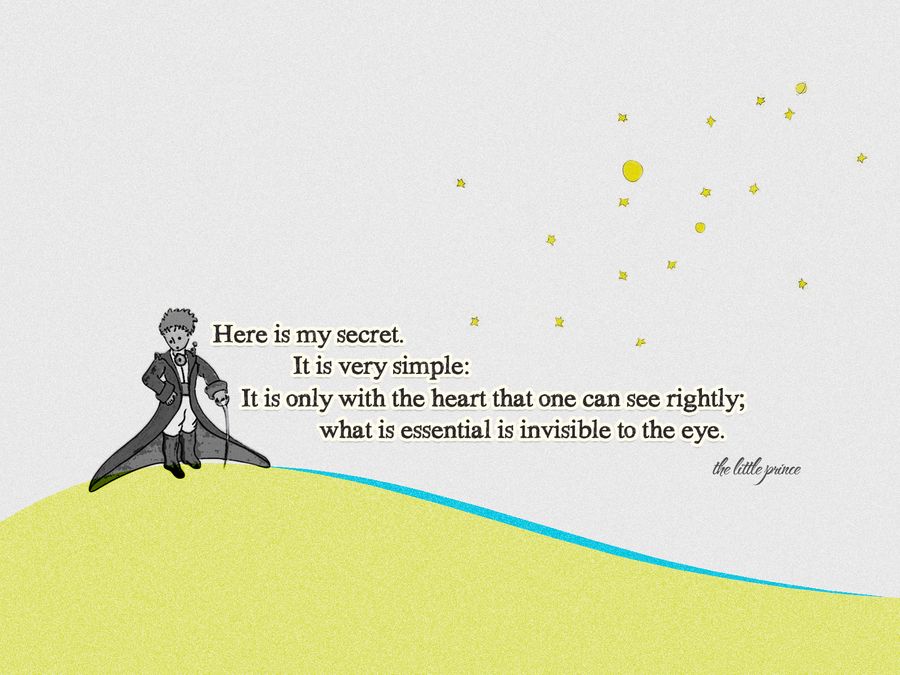For those of you who don’t know, we deal in many genres of antiquarian materials. However, one of our specialities – and even our shop’s name – come from a wildly famous author who we happen to adore… Mr. Charles Dickens. As the author is very often associated with the holiday season, we thought now might be a good time for a little Q&A with our President, Vic Zoschak Jr., on his love of Dickens and the beginnings of Tavistock Books. Enjoy!

Tavistock House, London.
Q: Vic, could you take our recent followers on a mini journey as to our shop name? I remember getting the question of whether or not your last name was Tavistock!
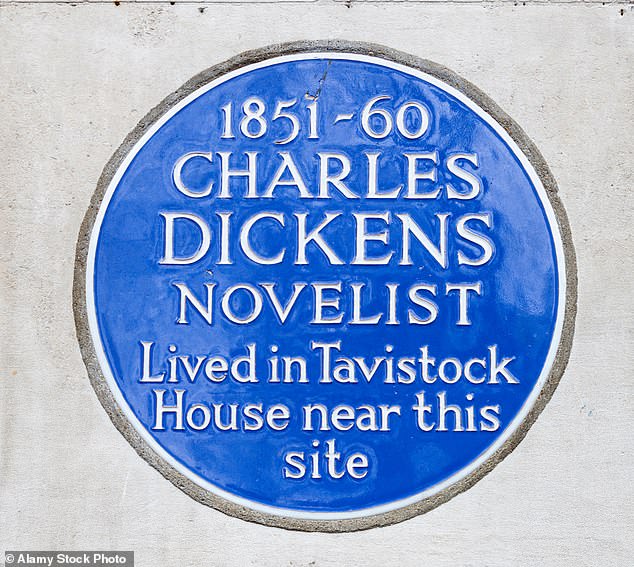 Yes, over the years, I’ve often been referred to as “Mr Tavistock”, but the name actually, rather than being my surname, has a [small] Dickens connection… back in the late 80s, as I contemplated opening my own business, I cast about for a name that would reflect my firm’s interest in Dickens, but didn’t want to be too overt in that regard.. you know, nothing like “The Old Curiosity Book Shop”, or anything like that. So, long story short, I settled on Tavistock, the name of Dickens house in the 1850s, which was situated on Tavistock Square.
Yes, over the years, I’ve often been referred to as “Mr Tavistock”, but the name actually, rather than being my surname, has a [small] Dickens connection… back in the late 80s, as I contemplated opening my own business, I cast about for a name that would reflect my firm’s interest in Dickens, but didn’t want to be too overt in that regard.. you know, nothing like “The Old Curiosity Book Shop”, or anything like that. So, long story short, I settled on Tavistock, the name of Dickens house in the 1850s, which was situated on Tavistock Square.
Q: So why Dickens? He is obviously a world-famous writer of course, but what about his writing spoke to you, and what made you want to name your store after his house?
Well, back in the mid-to-late 80s, while living in Sacramento, I was in a reading group that read, as one of our books, Dickens’ Pickwick Papers. While I personally don’t consider that his best novel, what that reading did do was spark an interest in the author himself. And in pursuit of knowing more about the man, I [luckily] happened across what I consider to be the best biography of Dickens, Edgar Johnson’s Tragedy And Triumph. On reading that biography, I found Dickens to be a fascinating individual, a genius, which precipitated my dive into that gentle madness known as book collecting. I collected Dickens from the mid-80s until I opened my shop in July 1997, at which point I used my personal collection to stock the Dickens’ Corner here at 1503 Webster Street.
Q: What is your favorite of the Dickens novels and why? Favorite character in any of them?
Favorite novel is Hard Times. Many of Dickens’ novels required “32 pages of letterpress” every month, and so often, like in Pickwick Papers, there are literary diversions therein to fill up space…. I don’t see that in Hard Times. It’s spare, it’s lean, it’s all about the facts.
As to characters, like many, I’m partial to Mr. Micawber, the lovable impecunious fellow from David Copperfield.
Q: Is it true that you refuse to watch Dickens-related cinema? Interesting choice! What are your thoughts behind that decision?
True. Dickens’ words call up a mental image of each & every character he’s created. I found that when I watched a film interpretation, my mental image of a given character, e.g., Nicholas Nickleby, engendered by Dickens’ prose was replaced by the individual cast by whatever director was filming whatever version of Dickens’ works. In comparison, I found I preferred Dickens’ version. FWIW, he would only allow images approved by him, and as such, they are truly Dickensian.
Q: And last but not least… who was your favorite ghost in A Christmas Carol and why?
Ah, tough question Ms P!! I think I’ll go with the “Ghost of Christmas Yet to Come”. With these visions, Scrooge realizes his future can change. That’s powerful stuff, knowing one can change one’s future.
And you know what, Ms P – it’s been a few years since I’ve read this popular novella. I think I’ll revisit it this season… it’s time.
~ Happy Holidays ~


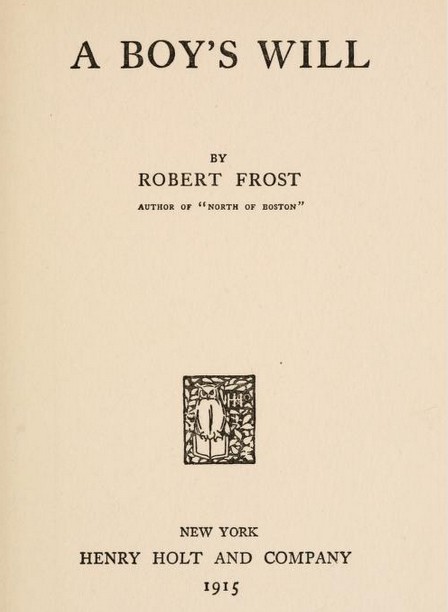
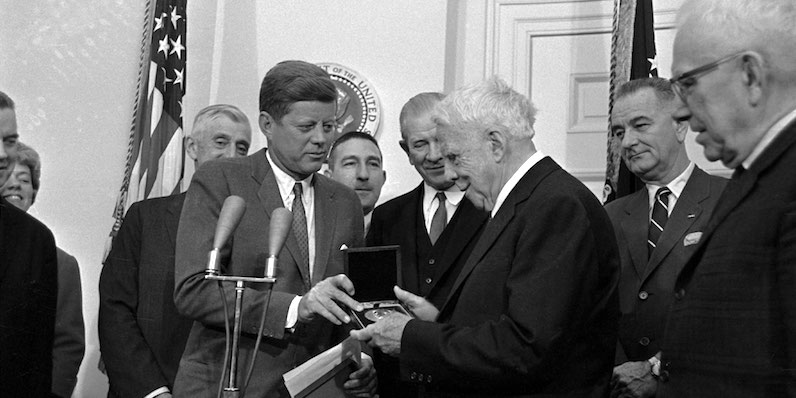
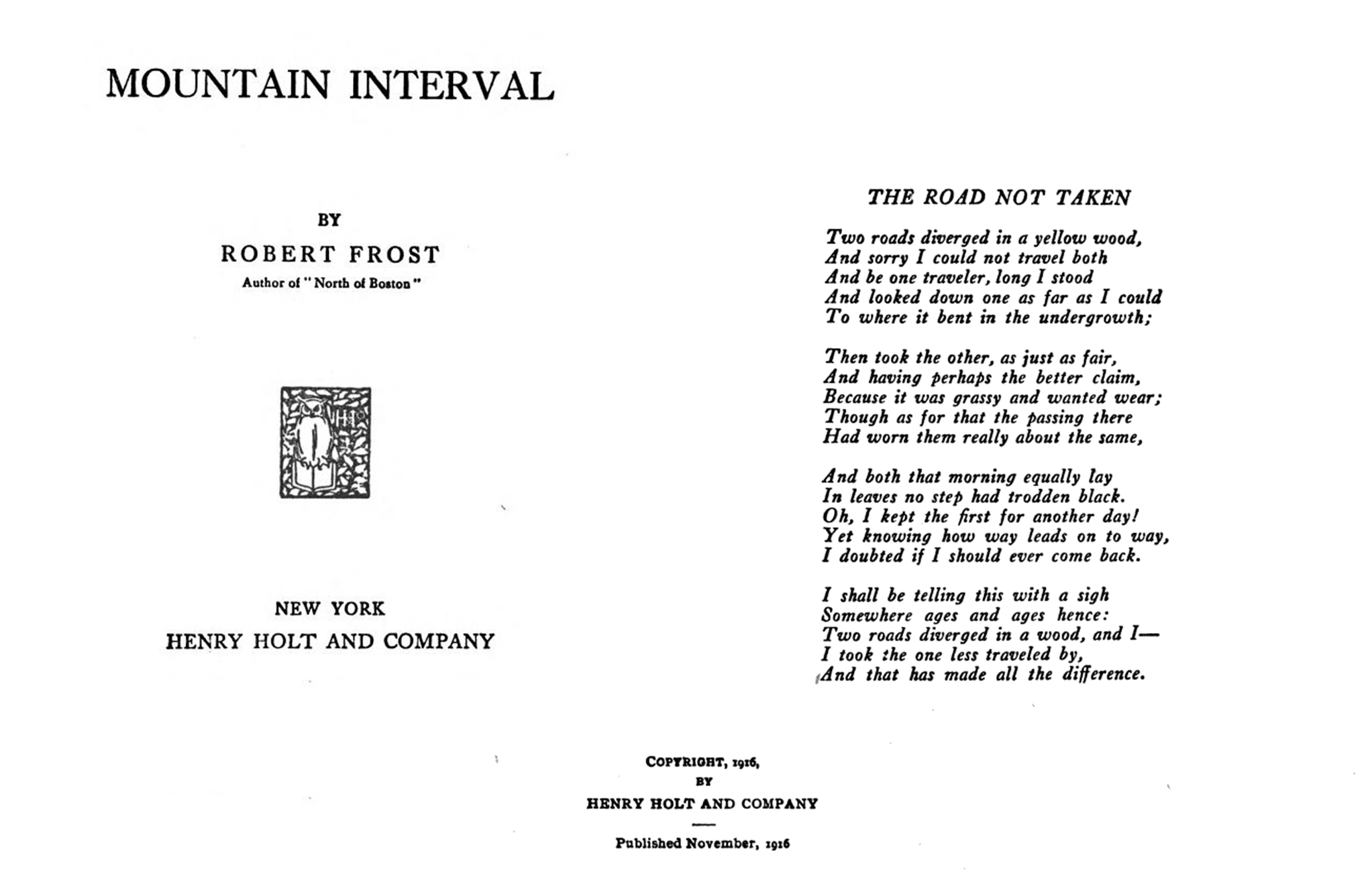



 A young illness affecting her spine and movement led to Elizabeth being given (and then continuously taking) laudanum, morphine and opium as a child for pain. Being addicted to these somewhat serious drugs and taking them throughout her lifetime is generally acknowledged to both have helped and hindered her in life. Her constant frail health was negatively affected by these chemicals, but they also may have contributed to her originality and imagination when writing her poetry.
A young illness affecting her spine and movement led to Elizabeth being given (and then continuously taking) laudanum, morphine and opium as a child for pain. Being addicted to these somewhat serious drugs and taking them throughout her lifetime is generally acknowledged to both have helped and hindered her in life. Her constant frail health was negatively affected by these chemicals, but they also may have contributed to her originality and imagination when writing her poetry.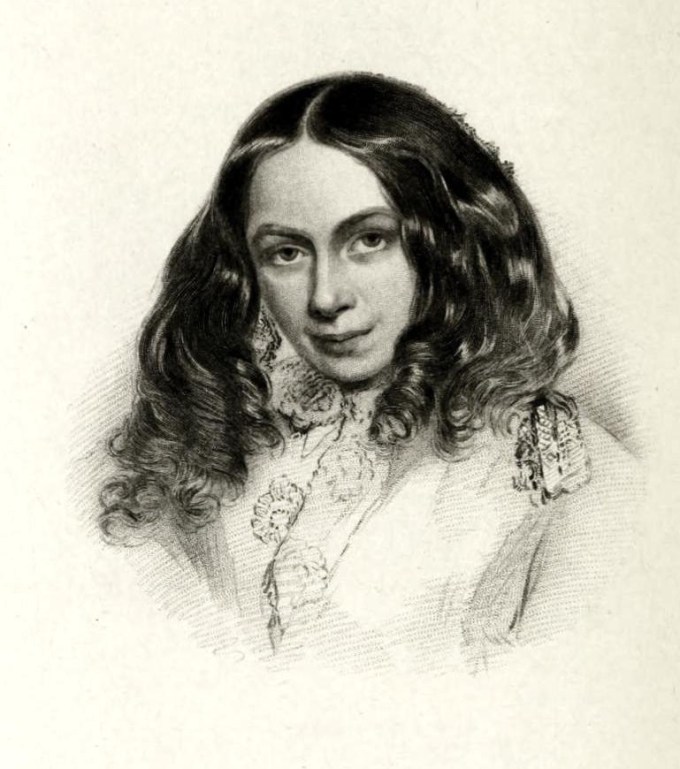 In 1841 Elizabeth’s life seemed to begin to turn itself around. She was struck with a few years of intense creativity, which led to the publication of several of her greatest works. Her 1842 poem “The Cry of the Children” published in a Blackwoods magazine helped bring about child labor law reform. In 1844 she published not one but two volumes of poetry, which were immediate successes. She was suddenly a household name. It was her poetry that inspired one Robert Browning to write to her and tell her of his love for her writing. They met and instantly became ardent devotees of the other. Both Browning and Barrett’s works improved (despite their work already being popular with the public). After meeting Browning, Barrett published her most famous works Aurora Leigh and Sonnets from the Portuguese. The marriage between Browning and Barrett was carried out in secrecy, and once found out Barretts father disinherited her (as he funnily enough did to all his children who married). They made their permanent residence in Italy, where they raised their son, Pen, and befriended many influential writers and artists of the day.
In 1841 Elizabeth’s life seemed to begin to turn itself around. She was struck with a few years of intense creativity, which led to the publication of several of her greatest works. Her 1842 poem “The Cry of the Children” published in a Blackwoods magazine helped bring about child labor law reform. In 1844 she published not one but two volumes of poetry, which were immediate successes. She was suddenly a household name. It was her poetry that inspired one Robert Browning to write to her and tell her of his love for her writing. They met and instantly became ardent devotees of the other. Both Browning and Barrett’s works improved (despite their work already being popular with the public). After meeting Browning, Barrett published her most famous works Aurora Leigh and Sonnets from the Portuguese. The marriage between Browning and Barrett was carried out in secrecy, and once found out Barretts father disinherited her (as he funnily enough did to all his children who married). They made their permanent residence in Italy, where they raised their son, Pen, and befriended many influential writers and artists of the day.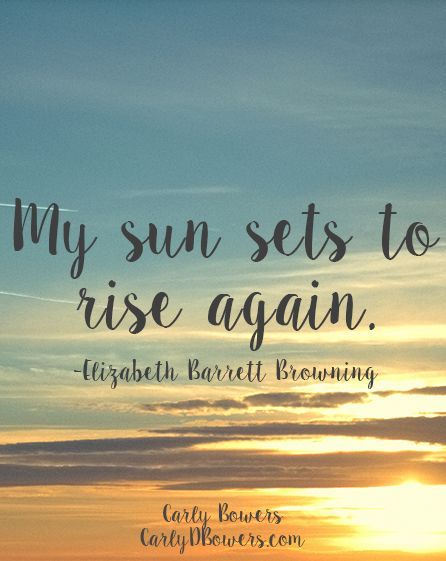

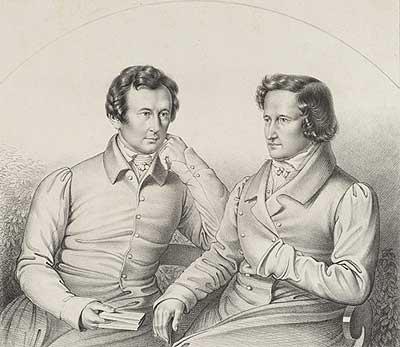 The two attended the University of Marburg together, where they tried to study law. I say “tried”, because here the brothers once again met adversity due to their reduced social status. Treated as outcasts, without the benefit of receiving financial aid or stipends as some of the wealthier students received (explain THAT one, if you can), the brothers once again turned to each other for comfort and worked hard in their studies. It was at the University of Marburg that the pair first became interested in medieval German literature and more simplistic, romantic ways of writing that the modern day seemed to have forgotten. This interest in folklore and poetry and traditional “German” culture influenced the brothers for the rest of their lives. They wished to see the unification of the over 200 principalities into a single, unified state, and spent much of their time with their inspiring law professor Friedrich von Savigny and his friends. It was through these romantics that the Grimm brothers were introduced to the literary beliefs of Johann Gottfried Herder – a German philosopher who felt that literature of the area should revert back to simplicity, and focus more on nature, humanity and beauty. The boys credited their devotion to their studies in Germanic literature and culture as a saving grace in a dark time – outcasts amongst their peers. Wilhelm himself wrote, “the ardor with which we studied Old German helped us overcome the spiritual depression of those days.”
The two attended the University of Marburg together, where they tried to study law. I say “tried”, because here the brothers once again met adversity due to their reduced social status. Treated as outcasts, without the benefit of receiving financial aid or stipends as some of the wealthier students received (explain THAT one, if you can), the brothers once again turned to each other for comfort and worked hard in their studies. It was at the University of Marburg that the pair first became interested in medieval German literature and more simplistic, romantic ways of writing that the modern day seemed to have forgotten. This interest in folklore and poetry and traditional “German” culture influenced the brothers for the rest of their lives. They wished to see the unification of the over 200 principalities into a single, unified state, and spent much of their time with their inspiring law professor Friedrich von Savigny and his friends. It was through these romantics that the Grimm brothers were introduced to the literary beliefs of Johann Gottfried Herder – a German philosopher who felt that literature of the area should revert back to simplicity, and focus more on nature, humanity and beauty. The boys credited their devotion to their studies in Germanic literature and culture as a saving grace in a dark time – outcasts amongst their peers. Wilhelm himself wrote, “the ardor with which we studied Old German helped us overcome the spiritual depression of those days.”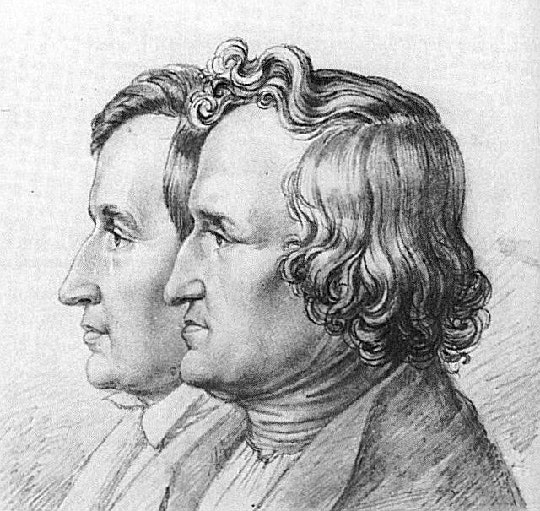 The brothers did not immediately turn to transcribing Germanic folklore for the masses. As they were solely responsible, as the oldest boys (primarily Jacob) of the family, for their sibling and mother’s livelihood (because that’s what they needed… more stress), Jacob accepted a job in Paris as assistant to his once-professor (von Savigny). On his return to Marburg he gave this post up to take a job with the Hessian War Commission. Their circumstances remained dire – as it seemed almost impossible for Jacob to support them all on his own. Food was often scarce and the brothers suffered emotionally. In 1808, Jacob found a more appropriate (to his interests) job as the librarian to the King of Westphalia, and soon after went on to become the librarian in Kassel, where the two boys had attended their gymnasium (high school, for all intents and purposes). Jacob supported his siblings once their mother passed away, and he even paid for Wilhelm to receive medical attention that year to seek treatment for respiratory problems. After Wilhelm’s recovery, he joined his brother as a librarian in Kassel.
The brothers did not immediately turn to transcribing Germanic folklore for the masses. As they were solely responsible, as the oldest boys (primarily Jacob) of the family, for their sibling and mother’s livelihood (because that’s what they needed… more stress), Jacob accepted a job in Paris as assistant to his once-professor (von Savigny). On his return to Marburg he gave this post up to take a job with the Hessian War Commission. Their circumstances remained dire – as it seemed almost impossible for Jacob to support them all on his own. Food was often scarce and the brothers suffered emotionally. In 1808, Jacob found a more appropriate (to his interests) job as the librarian to the King of Westphalia, and soon after went on to become the librarian in Kassel, where the two boys had attended their gymnasium (high school, for all intents and purposes). Jacob supported his siblings once their mother passed away, and he even paid for Wilhelm to receive medical attention that year to seek treatment for respiratory problems. After Wilhelm’s recovery, he joined his brother as a librarian in Kassel. 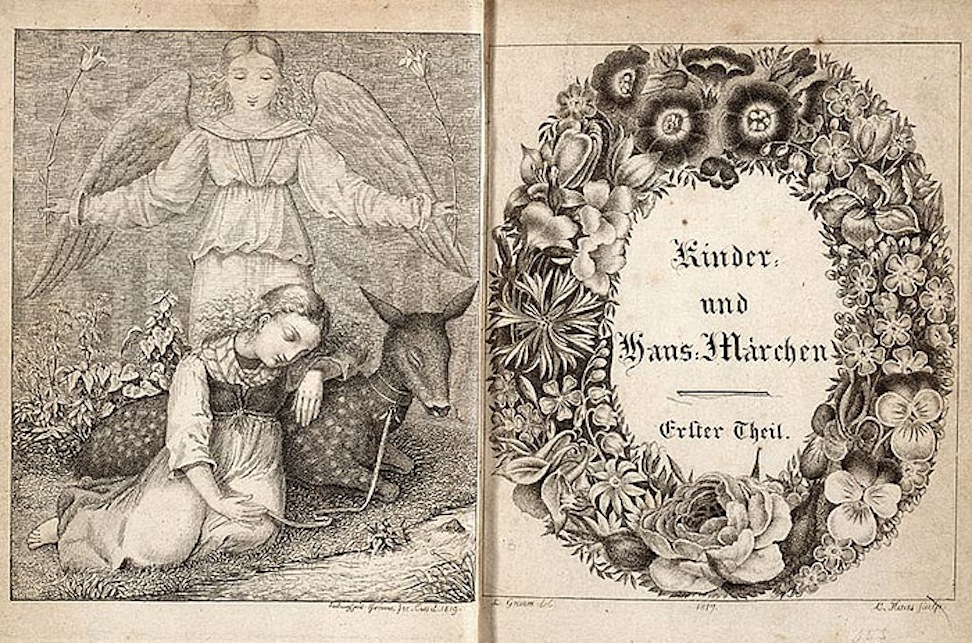
 After being slighted for a job promotion, the brothers eventually moved to Göttingen where they became professors of German studies at the University (Jacob also as head librarian), and continued to write and publish works on Germanic folklore, mythology and country tales for a few years. The brothers moved to Berlin in their later years, working at the University of Berlin and also editing their German Dictionary, which would become one of their most prominent works.
After being slighted for a job promotion, the brothers eventually moved to Göttingen where they became professors of German studies at the University (Jacob also as head librarian), and continued to write and publish works on Germanic folklore, mythology and country tales for a few years. The brothers moved to Berlin in their later years, working at the University of Berlin and also editing their German Dictionary, which would become one of their most prominent works. 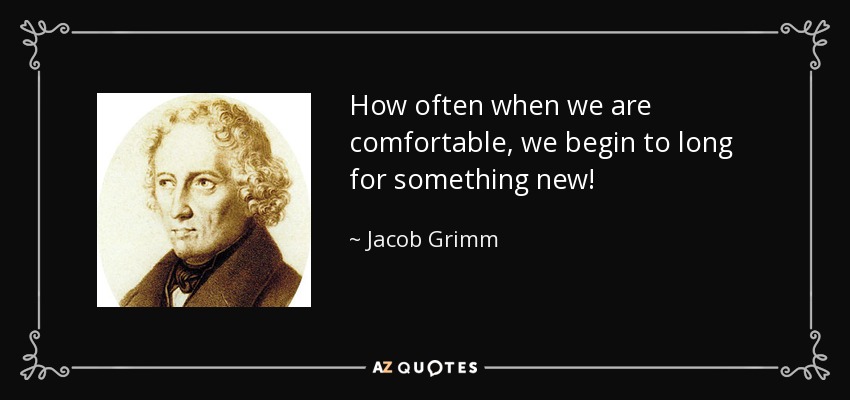

 Yes, over the years, I’ve often been referred to as “Mr Tavistock”, but the name actually, rather than being my surname, has a [small] Dickens connection…
Yes, over the years, I’ve often been referred to as “Mr Tavistock”, but the name actually, rather than being my surname, has a [small] Dickens connection…
 William Blake was born on November 28th, 1757 in Soho, London. He was the third of seven children (though two of his siblings died in infancy). Though his family were English dissenters, it did not stop Blake from being baptized and having a thorough biblical education – knowledge which would prove to be quite inspirational in his work later in life. Blake’s artistic side surfaced when he began copying drawings of Greek antiquities given to him by his father. It was through these copies that Blake was first introduced to works by Michelangelo, Durer and Raphael. By the time Blake was ten he had completed his formal education and was able to be sent to a drawing school in The Strand – where he not only read and avidly studied the arts but also made his first foray into poetry.
William Blake was born on November 28th, 1757 in Soho, London. He was the third of seven children (though two of his siblings died in infancy). Though his family were English dissenters, it did not stop Blake from being baptized and having a thorough biblical education – knowledge which would prove to be quite inspirational in his work later in life. Blake’s artistic side surfaced when he began copying drawings of Greek antiquities given to him by his father. It was through these copies that Blake was first introduced to works by Michelangelo, Durer and Raphael. By the time Blake was ten he had completed his formal education and was able to be sent to a drawing school in The Strand – where he not only read and avidly studied the arts but also made his first foray into poetry.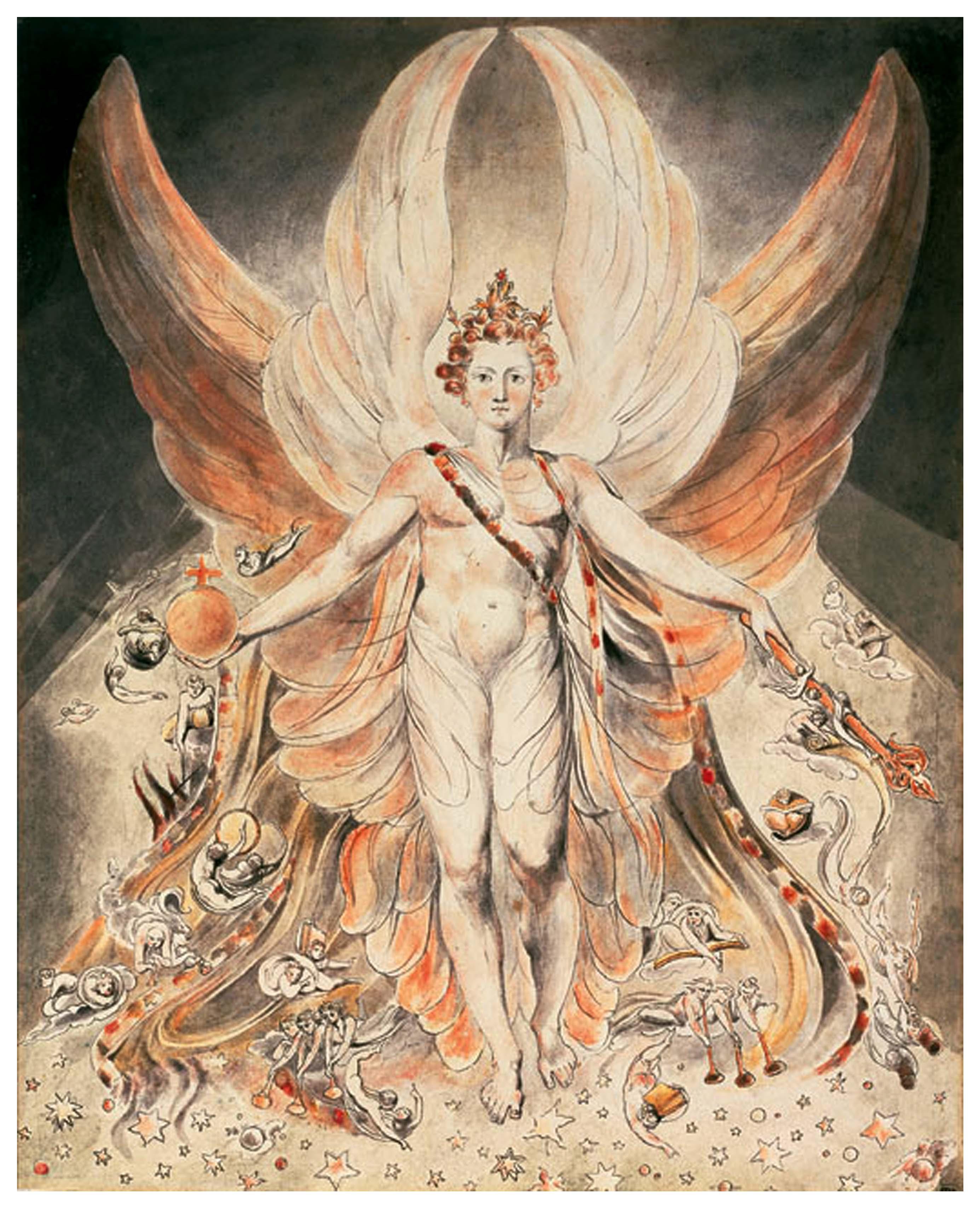 At the age of fifteen, Blake was apprenticed to an engraver in London and upon his completion of his apprenticeship became a professional engraver at twenty-one. The following year, Blake became a student at the Royal Academy where he studied over the years and submitted works for exhibition. Though he disagreed with the views held by the headmaster of the time and favored more classical art rather than the popular oil paintings of the age, Blake used the years to make friends in the art world and perfect his own skills. He printed and published his first collection of poems, Poetical Sketches, around 1783, and opened up his print shop with fellow apprentice James Parker in 1784. Blake began to associate with radical thinkers of the time – scientists, philosophers and early feminist icons like Joseph Priestly and Mary Wollstonecraft. Blake spent the 80s experimenting with different kinds of printing, finally moving onto relief etching in 1788. Relief etching (also called illuminated printing) would be a medium Blake would continue to use in printing his works throughout his life. In this medium, color illustrations were able to be printed alongside text. Blake has become well-known for his illuminated printing, but throughout his life he was also known for his intaglio engraving – a more standard process of engraving at the time.
At the age of fifteen, Blake was apprenticed to an engraver in London and upon his completion of his apprenticeship became a professional engraver at twenty-one. The following year, Blake became a student at the Royal Academy where he studied over the years and submitted works for exhibition. Though he disagreed with the views held by the headmaster of the time and favored more classical art rather than the popular oil paintings of the age, Blake used the years to make friends in the art world and perfect his own skills. He printed and published his first collection of poems, Poetical Sketches, around 1783, and opened up his print shop with fellow apprentice James Parker in 1784. Blake began to associate with radical thinkers of the time – scientists, philosophers and early feminist icons like Joseph Priestly and Mary Wollstonecraft. Blake spent the 80s experimenting with different kinds of printing, finally moving onto relief etching in 1788. Relief etching (also called illuminated printing) would be a medium Blake would continue to use in printing his works throughout his life. In this medium, color illustrations were able to be printed alongside text. Blake has become well-known for his illuminated printing, but throughout his life he was also known for his intaglio engraving – a more standard process of engraving at the time.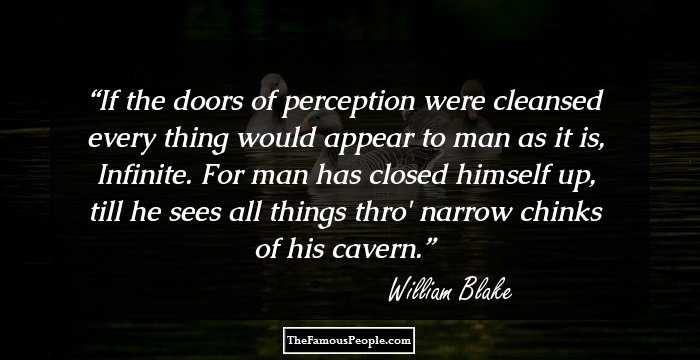
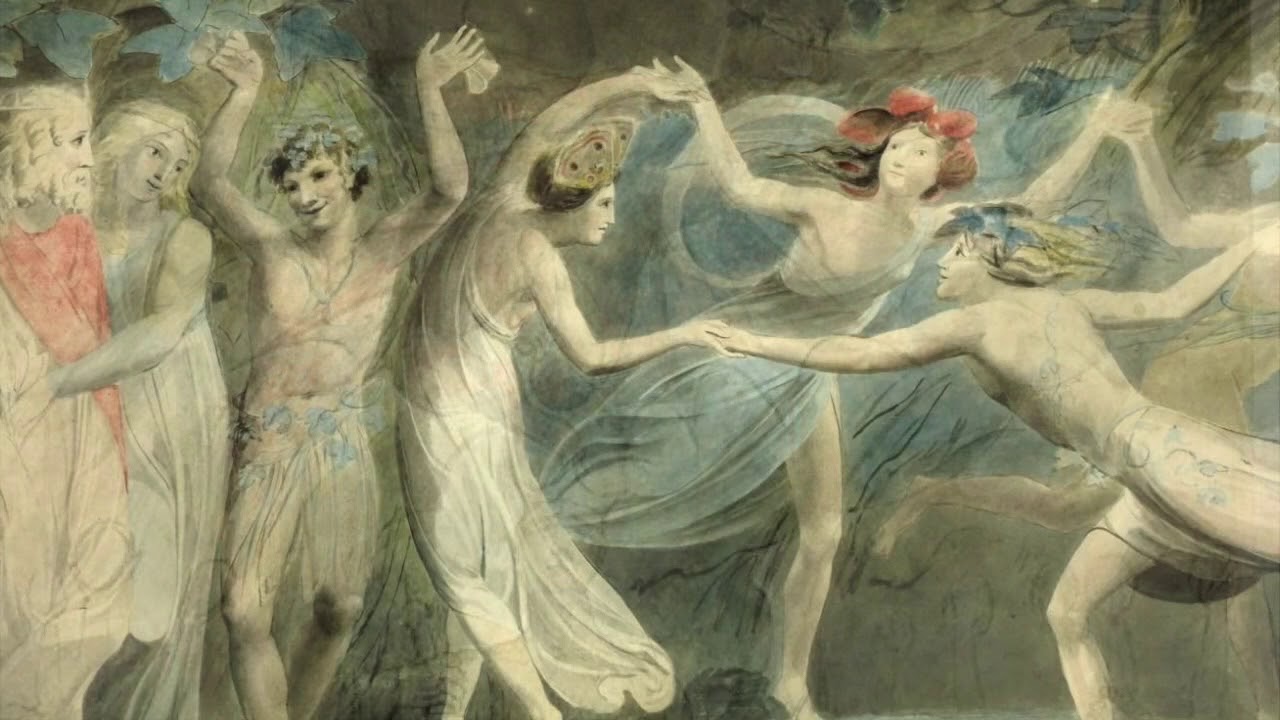
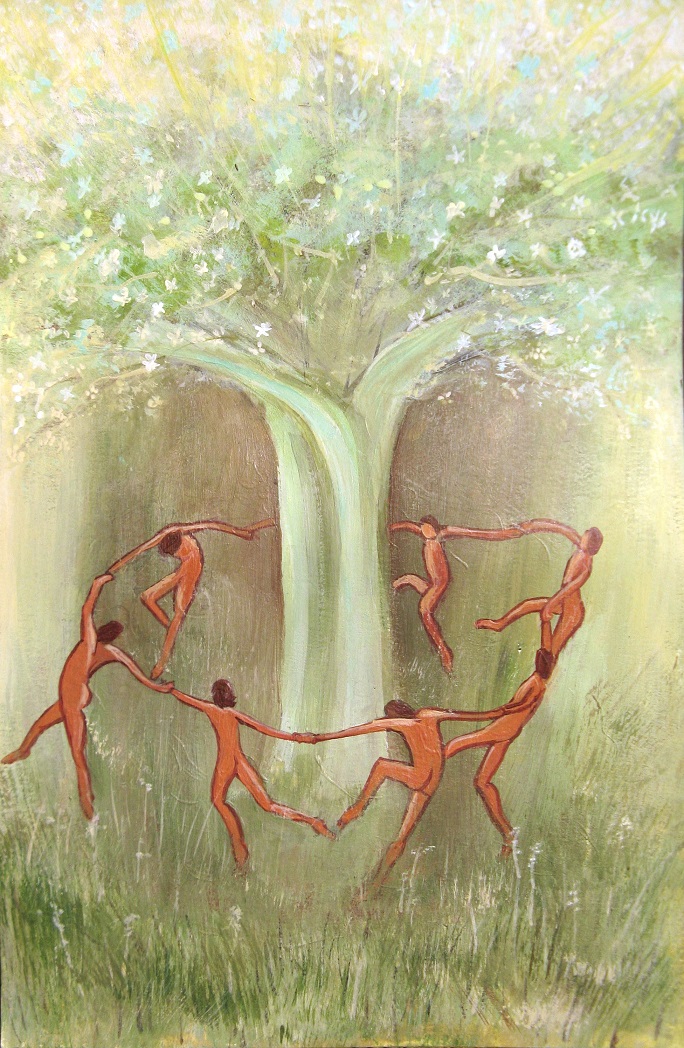
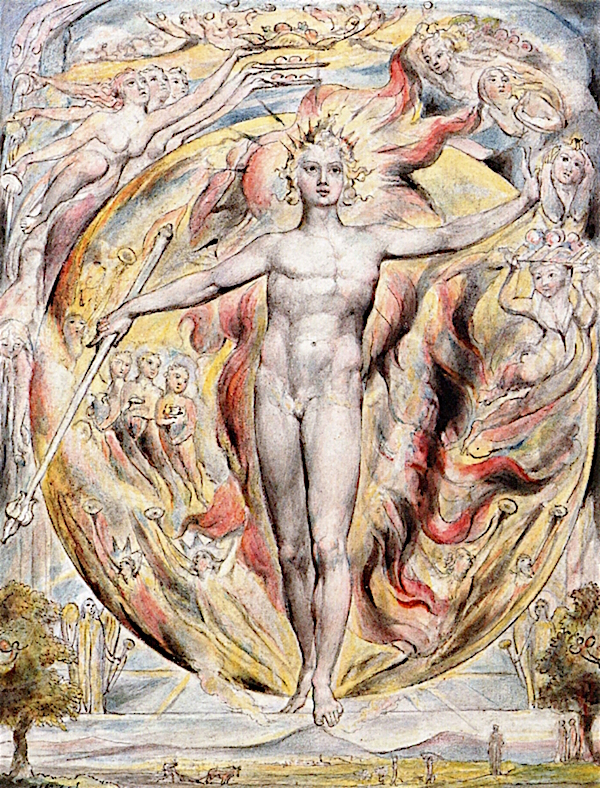
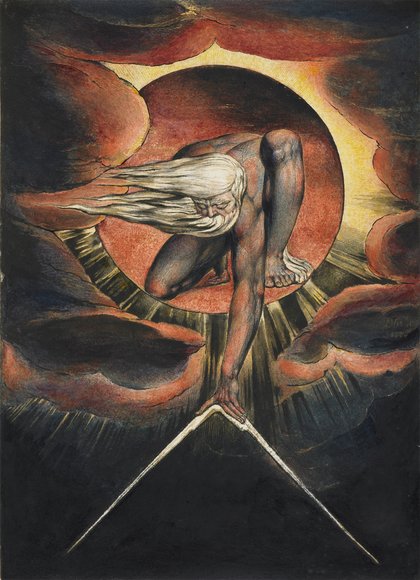
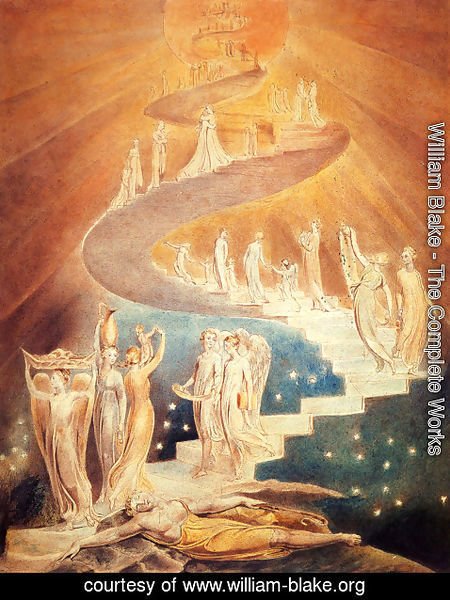
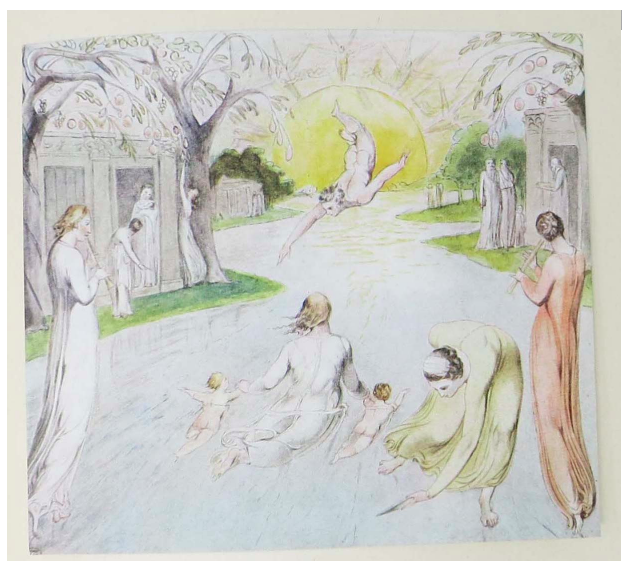


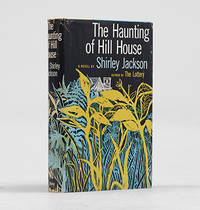

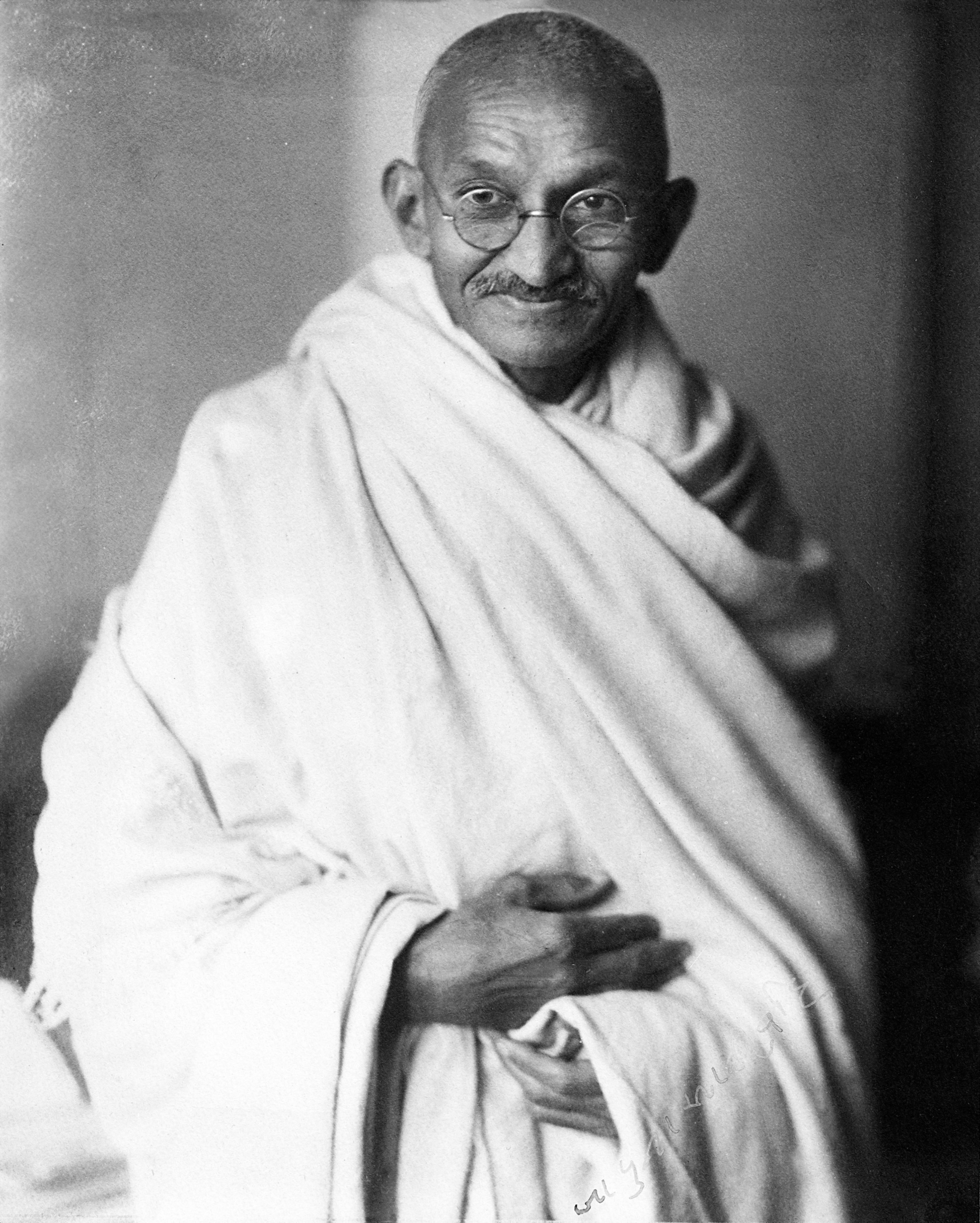
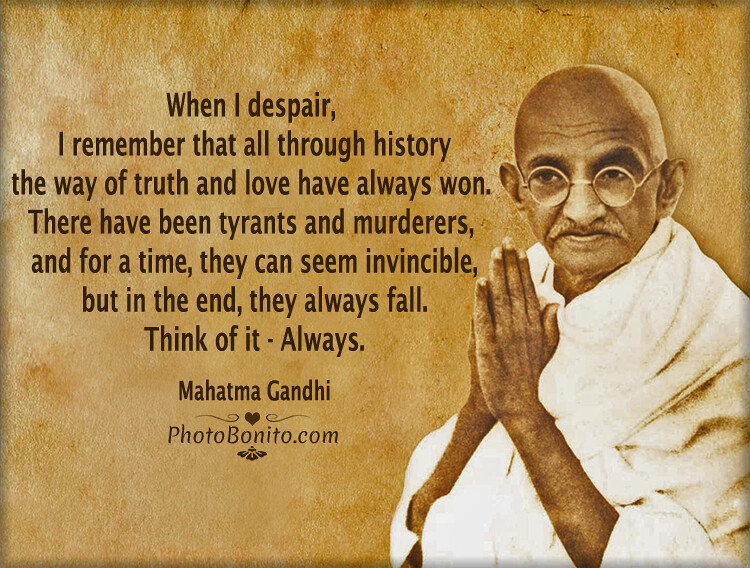

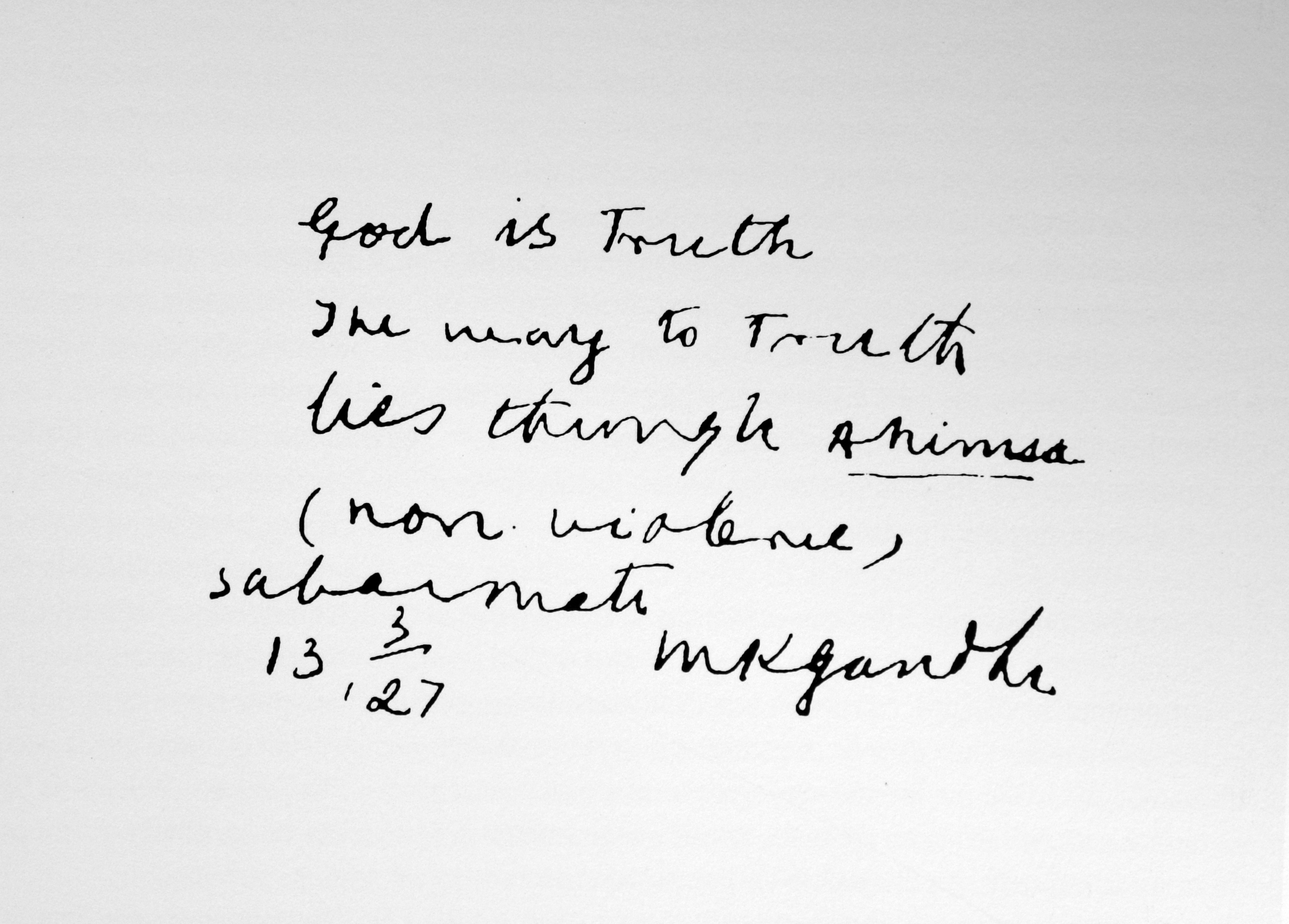
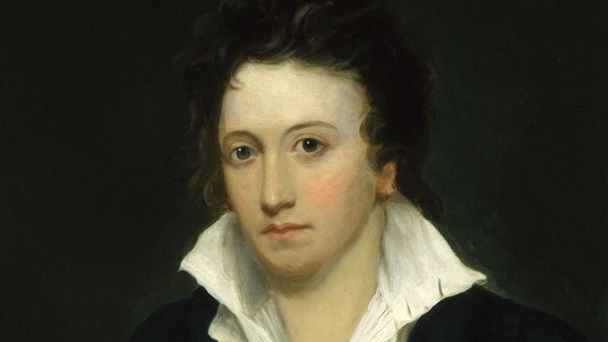

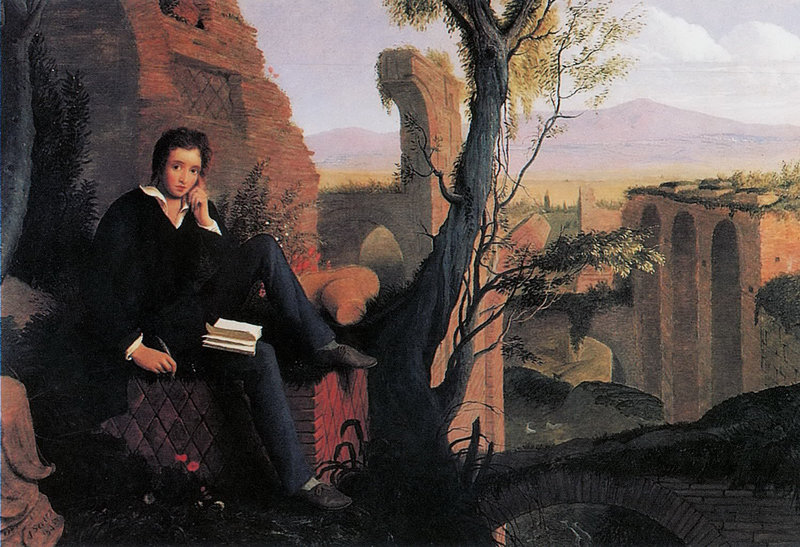 In the summer of 1816, Shelley befriended one of his first powerful and influential authors – Lord Byron. Percy and Mary spent a season with Byron in Switzerland – the summer ended up being one of the most important of Shelley’s life. Byron helped inspire the young radical, and Shelley wrote his romantic poem Hymn to Intellectual Beauty after an afternoon with Byron. It was during this summer, funnily enough, that Byron’s guests and friends were inspired to have a horror write-off. This writing competition of sorts was the inspiration behind Mary Shelley’s Frankenstein. Upon their return to England at the end of the year, it was discovered that Shelley’s wife, Harriet, had committed suicide. As unfortunate as the event was, it incited Shelley and Mary to finally marry. The two settled in a small hamlet in Buckinghamshire, where they befriended poets John Keats and Leigh Hunt – both of which would prove to be invaluable friends to Shelley in his last years. It was in these years that Shelley wrote and published a bulk of his most well-known works, including The Revolt of Islam and Prometheus Unbound, the latter of which is widely considered to be his most beloved epic work.
In the summer of 1816, Shelley befriended one of his first powerful and influential authors – Lord Byron. Percy and Mary spent a season with Byron in Switzerland – the summer ended up being one of the most important of Shelley’s life. Byron helped inspire the young radical, and Shelley wrote his romantic poem Hymn to Intellectual Beauty after an afternoon with Byron. It was during this summer, funnily enough, that Byron’s guests and friends were inspired to have a horror write-off. This writing competition of sorts was the inspiration behind Mary Shelley’s Frankenstein. Upon their return to England at the end of the year, it was discovered that Shelley’s wife, Harriet, had committed suicide. As unfortunate as the event was, it incited Shelley and Mary to finally marry. The two settled in a small hamlet in Buckinghamshire, where they befriended poets John Keats and Leigh Hunt – both of which would prove to be invaluable friends to Shelley in his last years. It was in these years that Shelley wrote and published a bulk of his most well-known works, including The Revolt of Islam and Prometheus Unbound, the latter of which is widely considered to be his most beloved epic work.
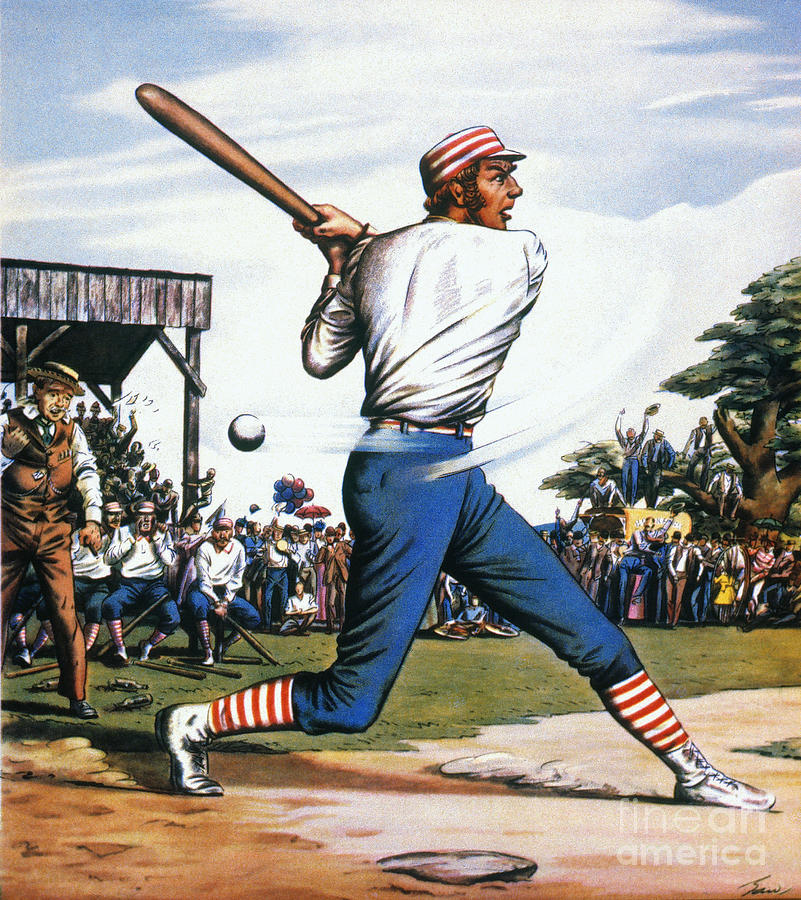
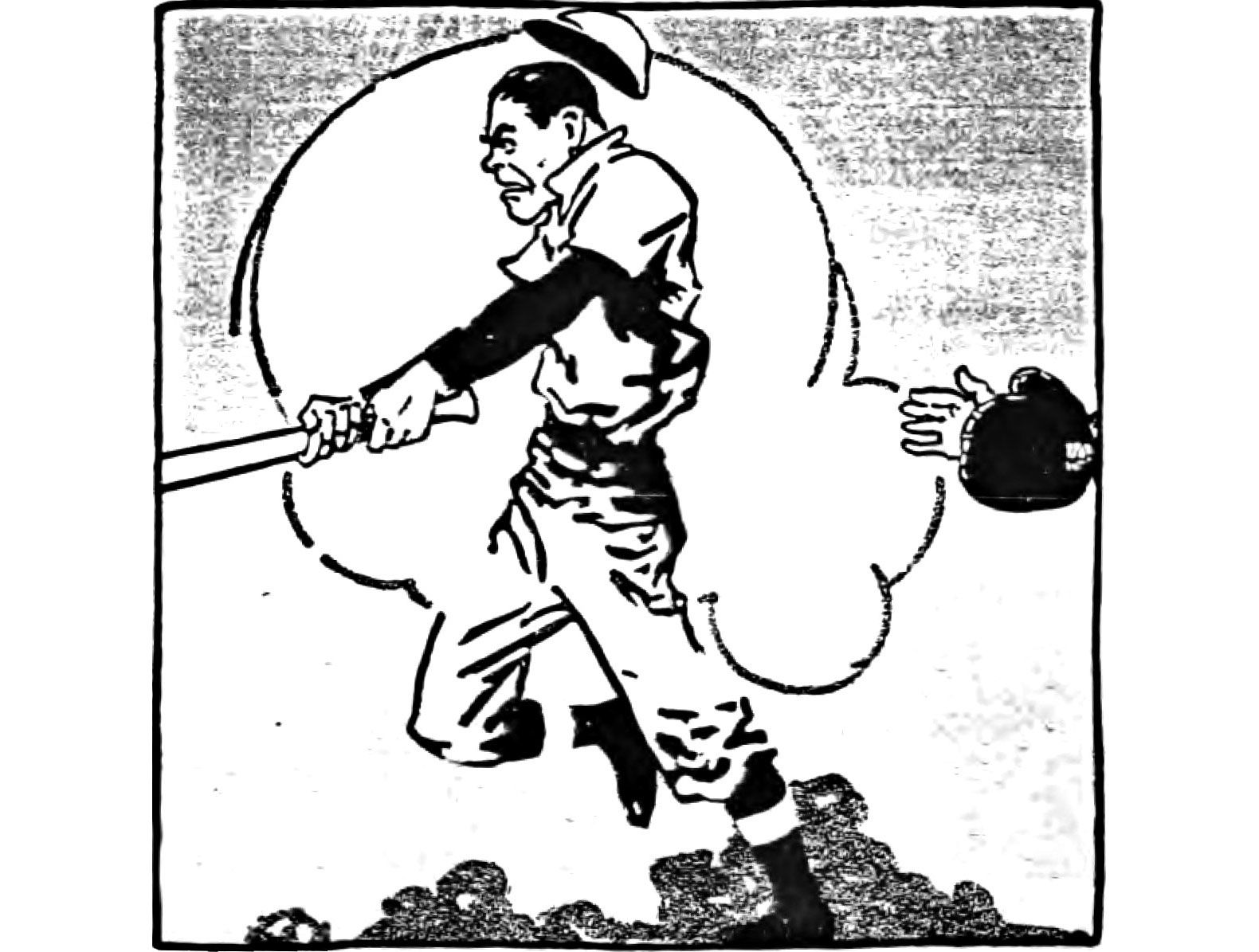
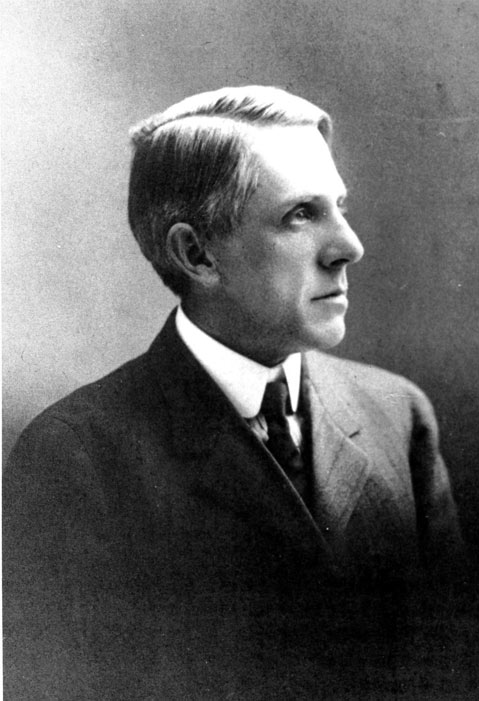 Ernest Thayer was a Harvard educated author, who began working at the age of 24 as a humor columnist for The San Francisco Examiner. On June 3rd, 1888, the elusive author “Phin” published a poem that would become a backbone of both American poetry and baseball. Thayer did not receive credit for the poem for several months (as he was not a boastful man), and when he finally did he was surprisingly close-lipped about it all. He never revealed whether he based the game or the character of Casey on a real player, though many have put forth possibilities.
Ernest Thayer was a Harvard educated author, who began working at the age of 24 as a humor columnist for The San Francisco Examiner. On June 3rd, 1888, the elusive author “Phin” published a poem that would become a backbone of both American poetry and baseball. Thayer did not receive credit for the poem for several months (as he was not a boastful man), and when he finally did he was surprisingly close-lipped about it all. He never revealed whether he based the game or the character of Casey on a real player, though many have put forth possibilities.
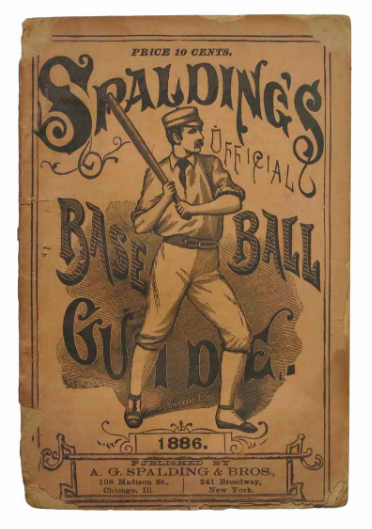
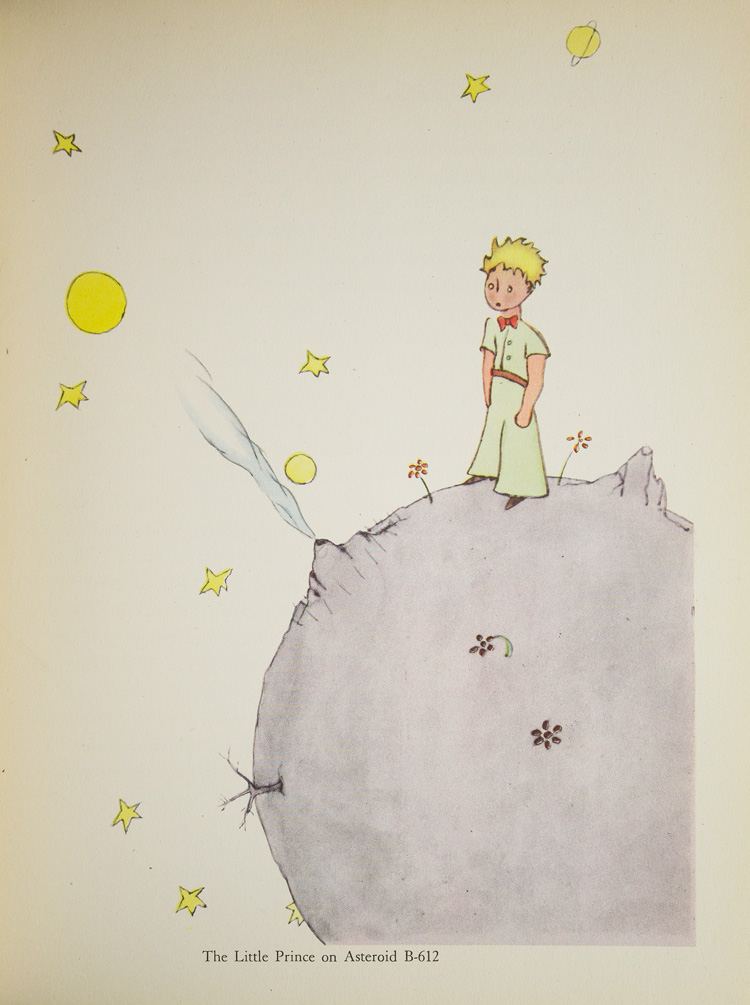
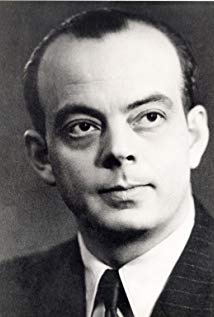 So said the Little Prince – an absolutely beloved character in the canon of Western Literature. Antoine de Saint-Exupéry wrote this story, a children’s story on the outside and a very adult study of human nature and morality on the inside. Saint-Exupéry, a French national, had fled Europe at the onset of World War II and wrote much of his tale during his 27 week stay in North America and Canada. Now normally we would do a blog on Saint-Exupéry’s life story and how he came to write such a popular and precious children’s tale, but today we are speaking of a specific day in this author’s life… the day he disappeared from the skies.
So said the Little Prince – an absolutely beloved character in the canon of Western Literature. Antoine de Saint-Exupéry wrote this story, a children’s story on the outside and a very adult study of human nature and morality on the inside. Saint-Exupéry, a French national, had fled Europe at the onset of World War II and wrote much of his tale during his 27 week stay in North America and Canada. Now normally we would do a blog on Saint-Exupéry’s life story and how he came to write such a popular and precious children’s tale, but today we are speaking of a specific day in this author’s life… the day he disappeared from the skies.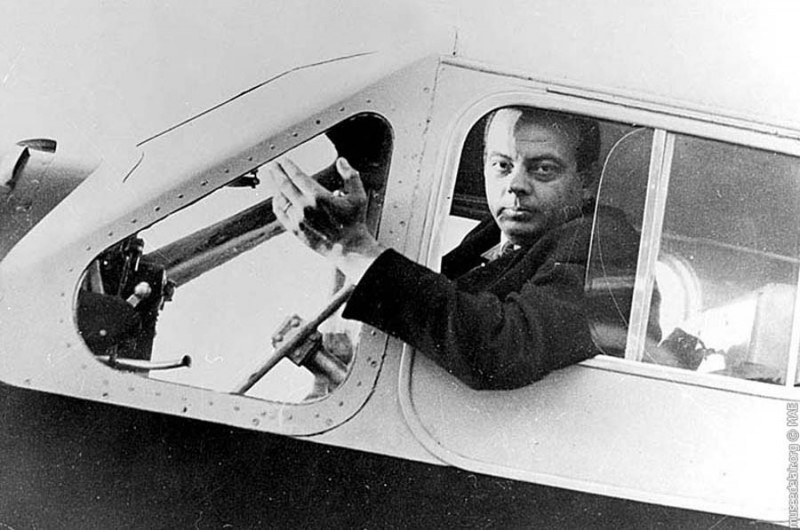
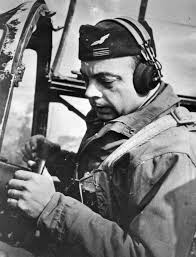 Unfortunately,
Unfortunately, 